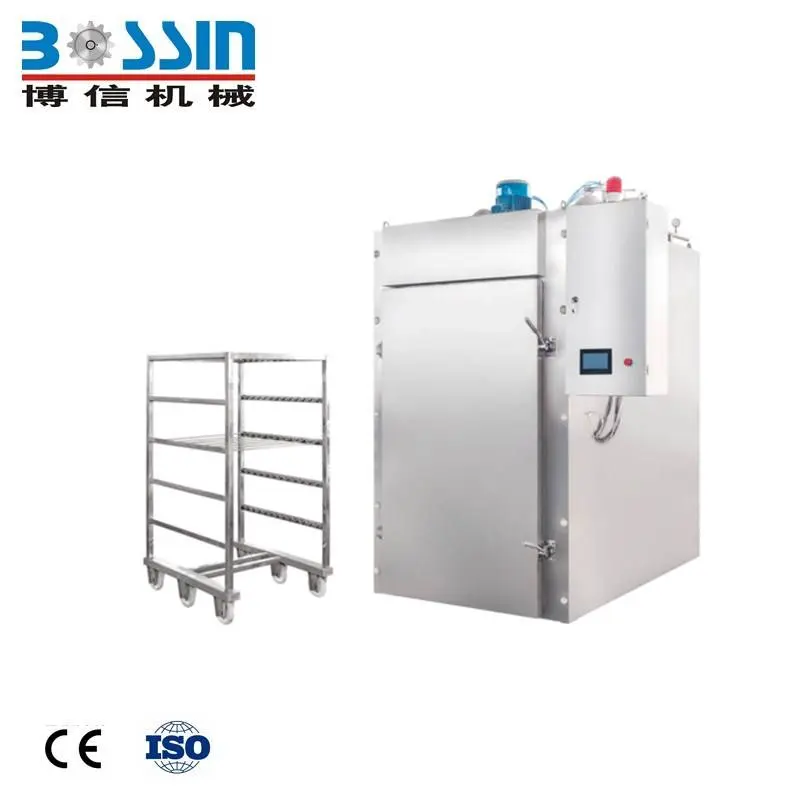נוב . 26, 2024 13:07 Back to list
Current Trends in Sausage Filler Pricing and Market Analysis
Understanding the Price of Sausage Fillers A Comprehensive Analysis
In the meat processing industry, sausage fillers play a pivotal role by ensuring that sausages are not only produced efficiently but also maintain their quality and taste. As with many commodities, the pricing of sausage fillers is influenced by various factors that can change with market dynamics. This article aims to explore the factors impacting the prices of sausage fillers, the implications for producers and consumers, and trends that may shape the future of the sausage market.
What are Sausage Fillers?
Sausage fillers are machines or equipment used in the production of sausages that help in the automatic or manual filling of casings with meat mixtures. These fillers can vary in type, size, and capacity, ranging from small, hand-operated models to large, industrial-grade machines capable of filling hundreds of sausages per minute. The quality, efficiency, and durability of these machines are essential factors that can significantly influence production outcomes.
Factors Influencing Sausage Filler Prices
1. Material Costs The construction materials used in sausage fillers can vary widely. Fillers made from stainless steel, for example, may command higher prices due to their durability and ease of sanitation. On the other hand, plastic components may reduce initial costs but could compromise longevity and hygiene. Fluctuations in the prices of raw materials, especially metals, can significantly affect the final price of sausage fillers.
2. Technology and Automation Advanced technological features such as automation, programmable settings, and integration with other machinery can cause prices to spike. Fillers equipped with smart technology can provide precision and efficiency, reducing labor costs and waste, thereby offering potential long-term savings. However, these advanced features often come at a premium.
3. Brand Reputation Established brands with a long history of reliability and performance often charge higher prices for their products. Producers are often willing to invest more in trusted names that guarantee consistent performance. Newer entrants in the market may offer competitive pricing to capture market share, but they must prove their machines' long-term viability to gain consumer trust.
4. Market Demand The demand for sausages can fluctuate based on consumer preferences, seasonal trends, and regional tastes. During peak seasons, such as holidays or festivals, the demand for sausages can increase significantly, leading to a rise in the price of sausage fillers as manufacturers strive to meet the heightened production requirements. Conversely, during slow periods, prices may stabilize or even decrease.
sausage filler price

5. Regulatory Standards Compliance with health and safety regulations can necessitate higher investment in equipment. Sausage fillers that meet stringent food safety standards may carry a premium price due to their enhanced design, hygiene features, and ease of cleaning.
Implications for Producers
For sausage producers, the price of fillers is a critical factor in determining production costs. Higher initial investments in quality equipment may pose challenges, especially for small businesses. However, investing in durable, high-tech filler machines can lead to cost savings through reduced labor and increased production efficiency in the long run.
Producers must also consider the trade-off between initial costs and maintenance expenses. Machines that are initially cheaper may require more frequent repairs or replacements, ultimately becoming more expensive over time. Therefore, a thorough analysis of the total cost of ownership is crucial when selecting sausage fillers.
Trends Shaping the Future
As sustainability becomes an increasingly important value in the food industry, sausage fillers that utilize eco-friendly materials or practices may find a growing market. Additionally, innovations such as the incorporation of AI for predictive maintenance and efficiency optimization are on the rise, potentially changing the pricing landscape for future models.
Moreover, globalization is also affecting sausage filler prices. International competition can help bring prices down, but it also demands that producers adapt to varying standards and preferences across different markets.
Conclusion
The price of sausage fillers is influenced by a complex interplay of material costs, technology, brand reputation, demand dynamics, and regulatory standards. Understanding these factors is essential for producers seeking to optimize their operations and maintain competitiveness in an ever-changing market. As consumer preferences evolve and technology advances, the sausage filler market will continue to transform, presenting both challenges and opportunities for those within the industry. By keeping abreast of these trends, producers can make informed decisions that enhance their productivity and profitability.
Latest news
-
Pneumatic Clipping Machine-Shijiazhuang Bossin Machinery|Efficient Sausage Production&Cost-Effective Solution
NewsAug.15,2025
-
Pneumatic Clipping Machine - Shijiazhuang Bossin Machinery | Sausage Production Line, Automated Clipping, Precision Efficiency
NewsAug.15,2025
-
Pneumatic Clipping Machine-Shijiazhuang Bossin Machinery|Precision Sausage Production&Efficient Automation
NewsAug.15,2025
-
GZB80 Meat Bowl Cutter: High-Speed Precision for Emulsification
NewsAug.15,2025
-
Pneumatic Clipping Machine - Shijiazhuang Bossin Machinery | Sausage Production Line, Meat Shop Equipment
NewsAug.15,2025
-
Pneumatic Clipping Machine - Shijiazhuang Bossin Machinery Equipment Co., Ltd.|Efficient Sausage Clipping&Seamless Integration
NewsAug.14,2025
